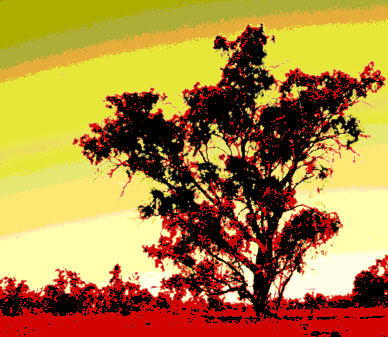Mungo burials trigger review
 An inquiry has been launched after the oldest known human remains found in Australia were buried against the wishes of some Indigenous groups.
An inquiry has been launched after the oldest known human remains found in Australia were buried against the wishes of some Indigenous groups.
Remains dubbed the Mungo Man and Mungo Lady were discovered in 1968 and 1974, respectively, near Lake Mungo in the southwest of NSW.
The remains have become a symbol of the long Aboriginal occupation in Australia, and an important icon for both archaeologists and Indigenous Australians.
The bones of Mungo Lady were unconditionally repatriated in 1992 to traditional owners - an alliance called the Three Traditional Tribal Groups (3TTG), consisting of the Paakantji, the Muthi Muthi, and the Ngiyampaa.
In 2014, leading up to the 40th anniversary of the discovery of Mungo Man, the traditional owners of the Willandra Lakes formally requested return and repatriation of the remains.
In 2015, ANU handed the remains over to Aboriginal elders at a formal ceremony and expressed “sincere regret” for their removal, recognising this had caused “ongoing grief” to Aboriginal communities.
The final resting place of Mungo Man, Mungo Lady and 106 other Indigenous ancestors, removed without the permission of traditional owners has been the subject of debate for decades, and has caused division within the three Aboriginal groups linked to the area.
The 42,000-year-old remains were reburied last Tuesday, despite an injunction by Indigenous groups to delay the burial.
This came after an urgent eleventh-hour application by traditional owners to stop what they described as the “rushed destruction” of the remains.
The Willandra Lakes Aboriginal Advisory Group, which consists of nine traditional owners, had been in favour of reburial plans approved by former federal environment minister Sussan Ley in April.
But the 3TTG sought to prevent the burial under section nine of the Aboriginal and Torres Strait Islander Heritage Protection Act 1984.
They are now calling on both state and federal governments to help implement a three-phase plan, including culturally-appropriate burials, in a secure manner, at a known location with a marking or simple memorial.
Heritage NSW said the NSW government say they “did not authorise, conduct or endorse the removal and subsequent reburial of any remains on 24 May”.
An external investigation into the removal of the remains and their reburial is now underway.
The state says the remains of 106 other bodies remain in storage, with a new security arrangement in place.







 Print
Print